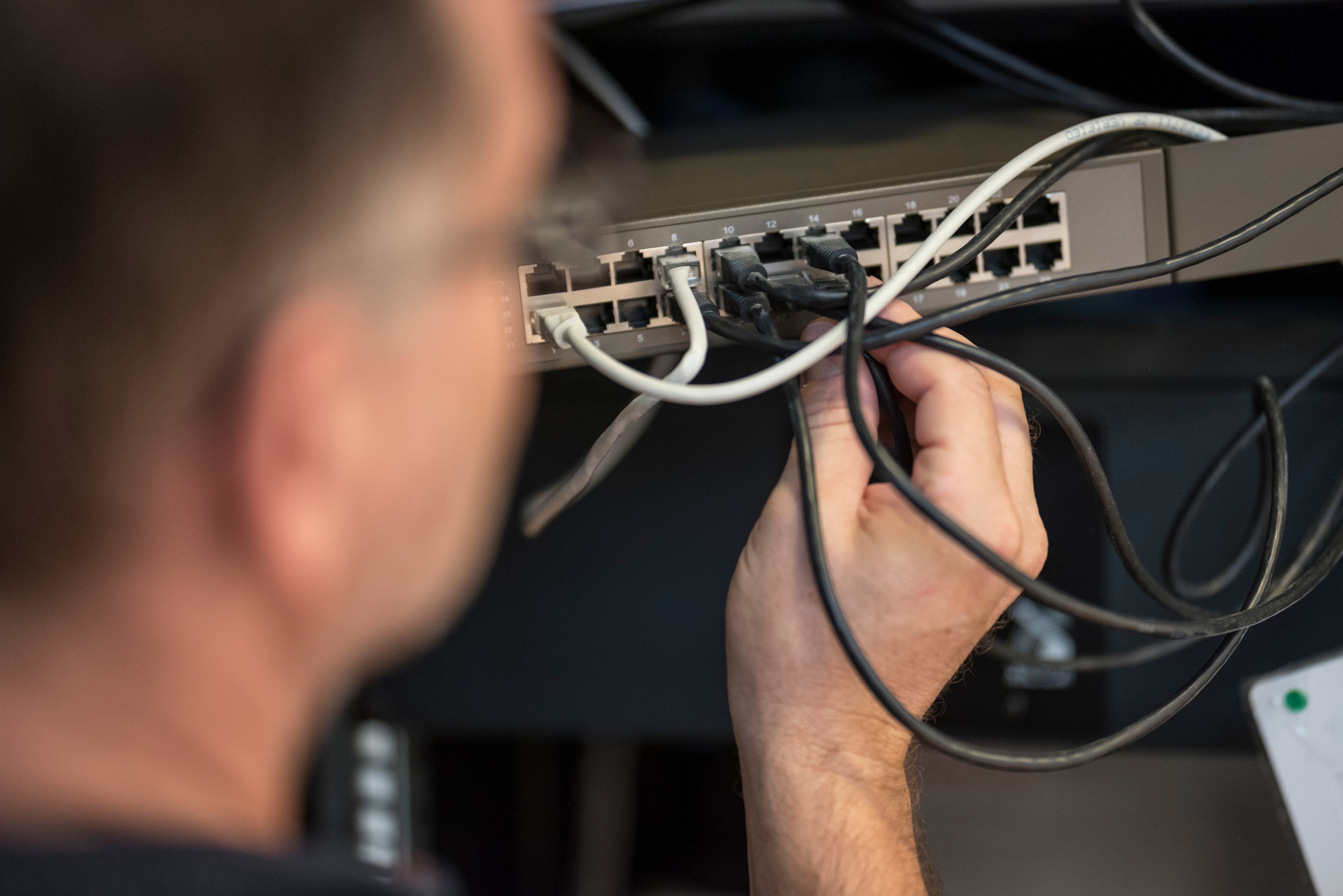Nokia (NOK 0.23%) doesn't have a lot of advantages over Apple (AAPL +0.19%) these days, but it still has one left.
Bloomberg reports how the Finnish smartphone maker boasts a 4G LTE home-court advantage in Europe, which is helping the company regain some market share in the face of intense competition. Nokia's lineup features more LTE compatibility within the continent, while Apple's newest iPhone 5 lags in that spec.
The newest Lumia devices run on a plethora of LTE networks in the region, while the iPhone 5 is supported on only two: Deutsche Telekom in Germany and EE in the U.K. Outside those countries, the iPhone 5 is at a distinct speed disadvantage against its rivals.
For buyers who place a high priority on LTE speeds, the iPhone 5 is automatically out of the running. Strategy Analytics analyst Neil Mawston, who thinks Nokia will sell 5 million Lumia devices this quarter, said, "There is clearly strong demand among European consumers for 4G phones."
Oddly, that statement doesn't quite line up with the fact that Google's (GOOG +0.96%) new flagship Nexus 4 smartphone is seeing booming demand in Europe, since the Nexus 4 lacks LTE compatibility altogether. That device sold out within hours of its U.K. launch on Google Play, which shows that while some consumers may be placing high priority on LTE, there's clearly a sizable market out there willing to settle for less.
Lumia growth is good news for Microsoft (MSFT +0.30%), as the software giant's Windows Phone continues to grow market share. Kantar Worldpanel ComTech's most recent figures show Windows market share within the five main European countries (U.K., Germany, France, Italy, and Spain) increasing to 4.7% in October. Apple still claims a 21.2% market share there, while Android still dominates with 63.9%.
When Apple updated its fourth-generation iPad a few months ago, one of the main reasons for the shorter six-month product cycle was to expand the device's LTE coverage. Let's see whether Apple does the same thing with the iPhone 5.









